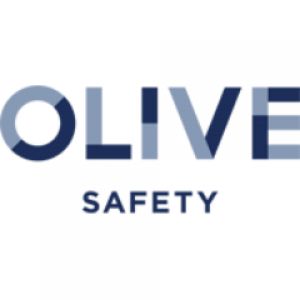Mobile elevating work platforms (MEWPs) risk assessment.Posted by Anna Haris on November 14th, 2018 When we consider the construction sites, there are many accidents that happen when workers working at the height which is one of the biggest causes of death and serious damages or injuries in the worksite. Powered access platforms such as MEPW offer a manageable and flexible way to approach jobs at height, which they are fully movable and can access areas with restricted space, enhance site safety, and also affordable. Different types of powered access platforms can support a range of industry areas from cleaning windows to construction sites, to protecting lives. There are four main classifications of MEPs according to the International Powered Access Federation (IPAF) which are ‘vertical’ (such as scissor lifts) and ‘boom’ (such as cherry pickers), which are then divided into either ‘static’ or ‘mobile’, depending on whether the MEWP can still be self-propelled backward or forwards once the platform is raised. Safety benefits of using MEWPS in the worksite: Powered access platforms are the simplest way for lifting both people and essential equipment at height. Each and every heavy tools or material, specialist equipment or breakables in the construction site can be raised safely and quickly with a MEPW. It is mandatory to take a MEWP Safety course from an affiliated institute by those who operate MEWP’s in the workplace. Industry standards improve the production and maintenance so they are easy to operate and robust. Training for operating MEWPS is required by law but will help businesses in the long run as the equipment will be used instantly and efficiently by every staff in the organization. The main 7 benefits of using MEWPS in the workplace are: • Flexible • Fully mobile • Access restricted space • Use internally and externally • Improve site safety • Qualified Training available • Cost-effective Most fatal and serious injuries involving MEWPs occur from:
These accidents should be identified within a risk assessment and suitable control measures put in place. Controlling and risk assessments It is vital to choose the right MEWP for the job and site and also have a plan for rescuing someone from a MEWP and practice it – someone on the ground should know what to do in an emergency and how to operate the machine’s ground controls. There are a number of precautions that can reduce the risk of MEWP hazards. There are a number of precautions that can reduce the risk of MEWP hazards. These are:
Always have a proper plan for operating a MEWP, and practice on the ground should help them to know what to do in an emergency and how to operate the machine’s ground controls. Like it? Share it!More by this author |


